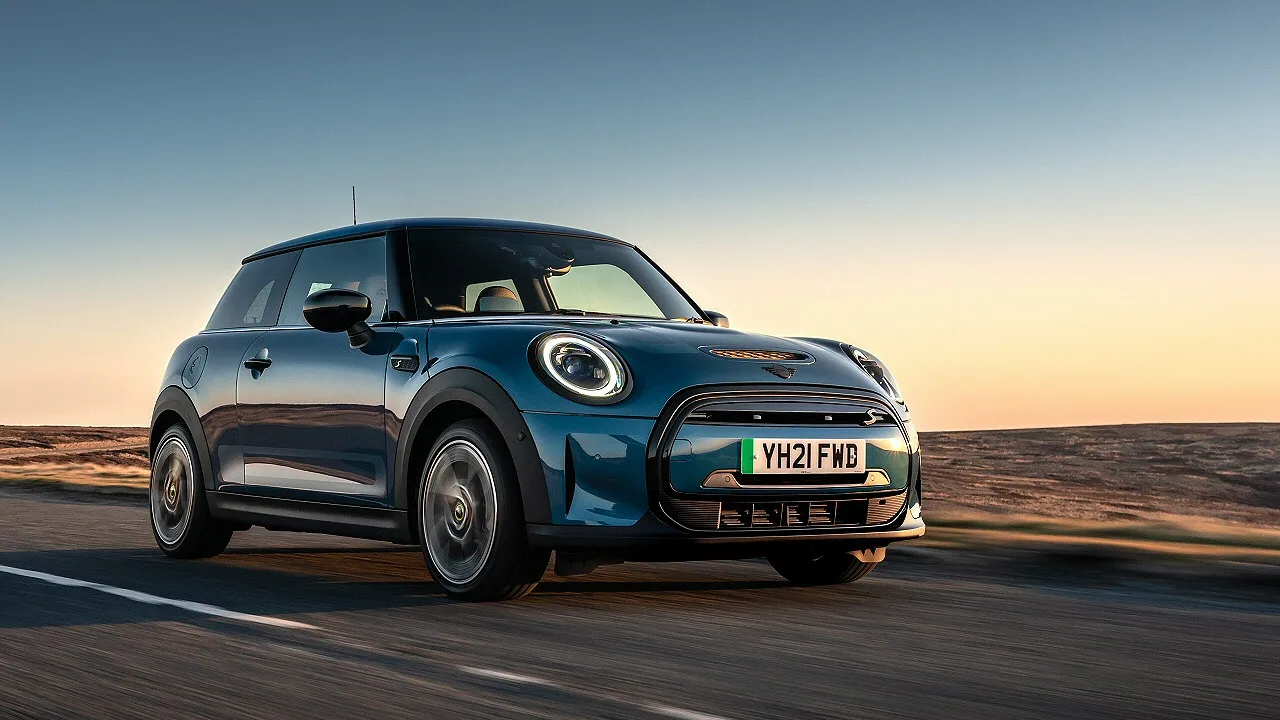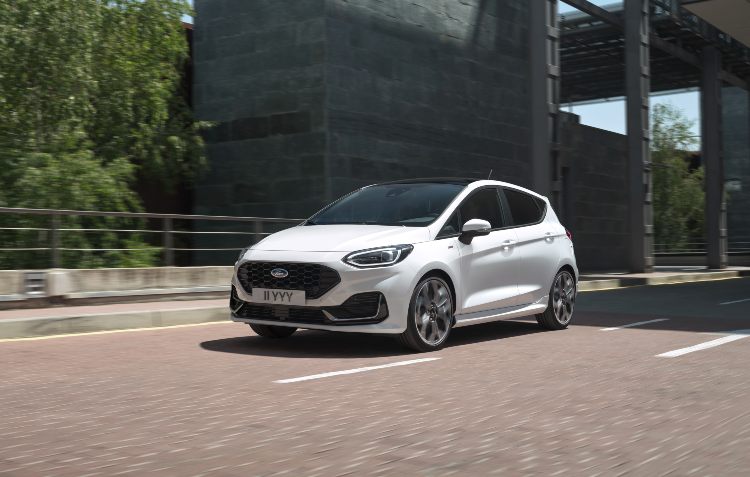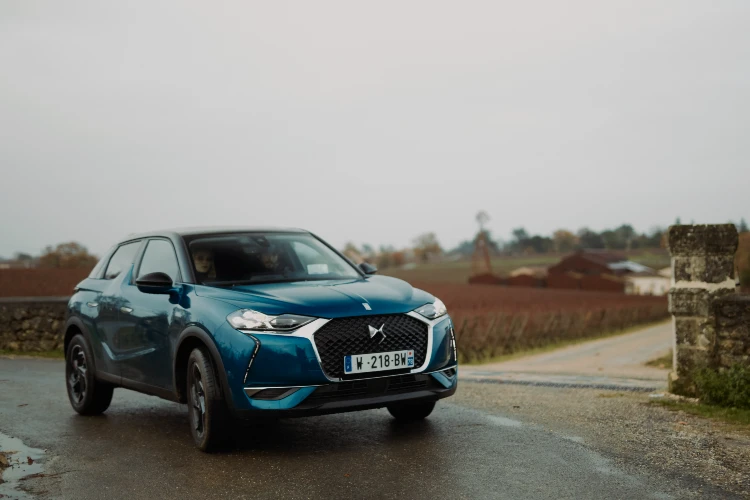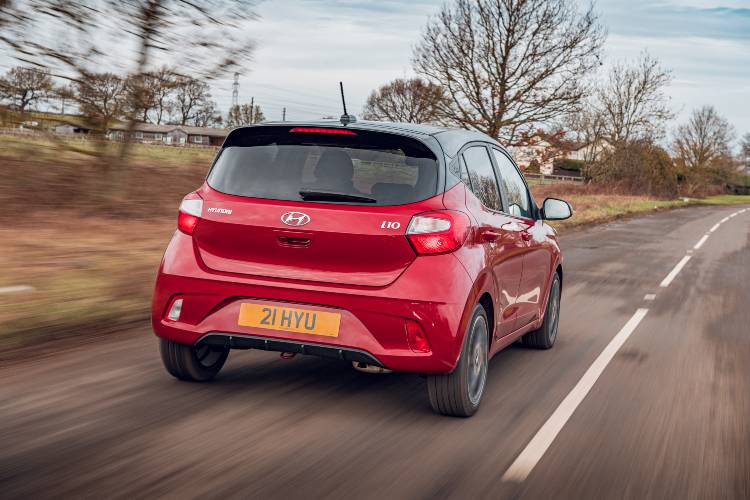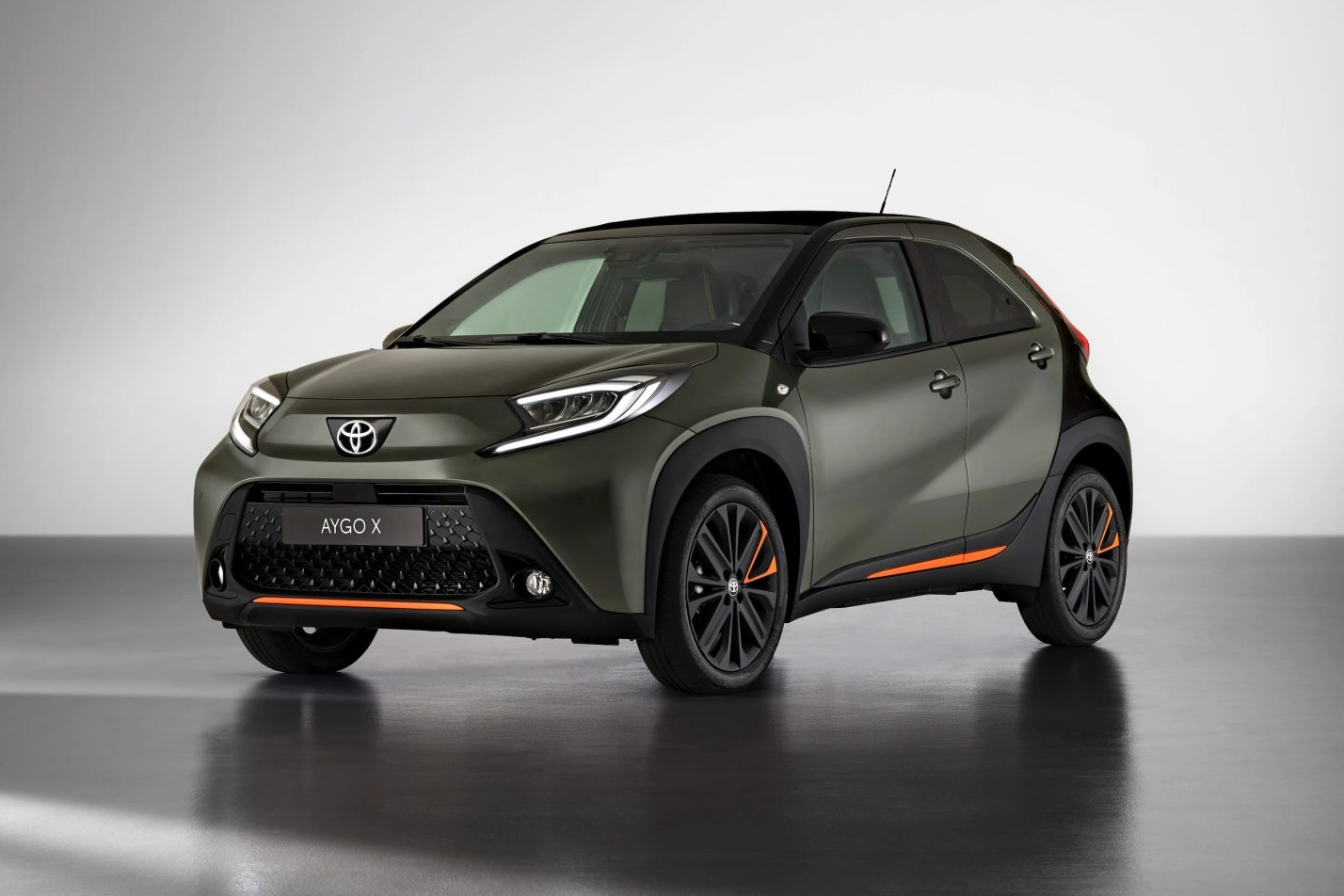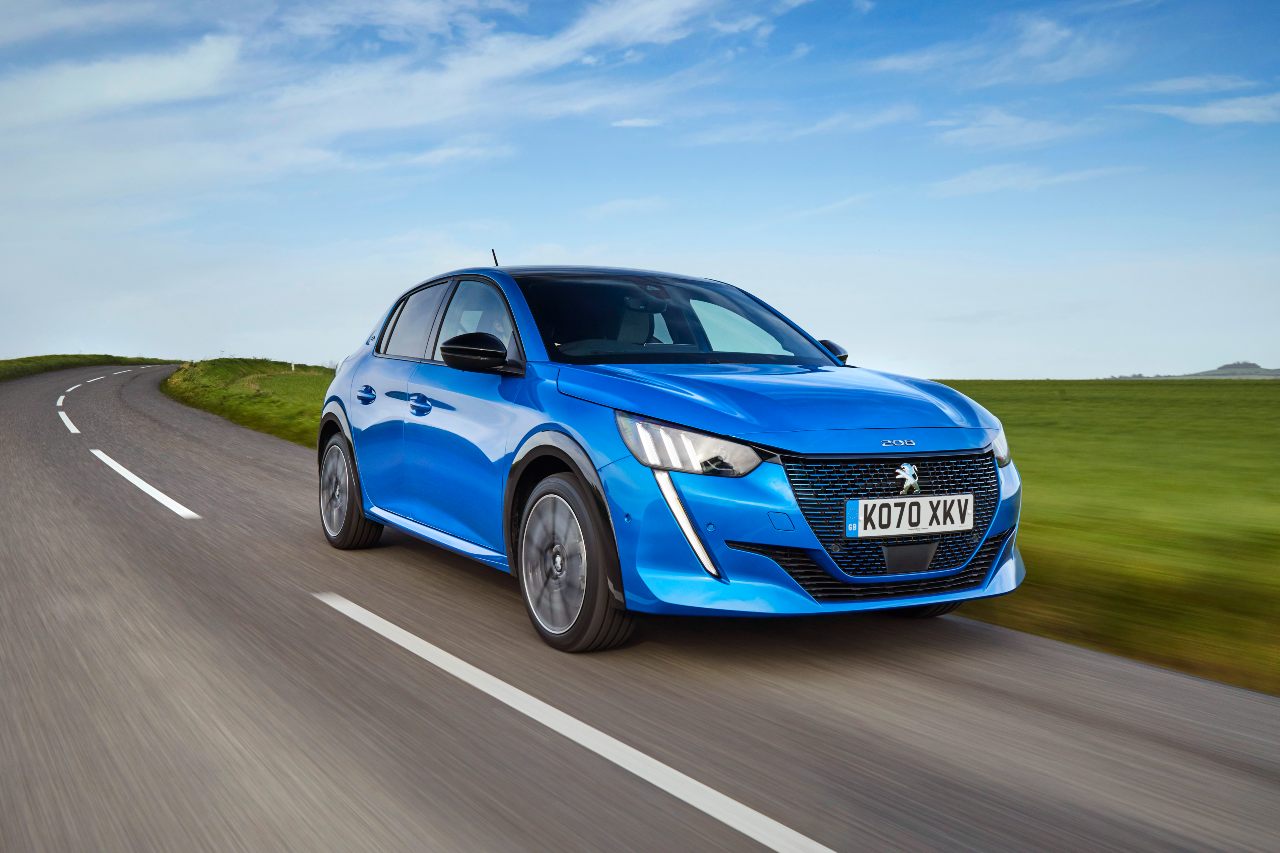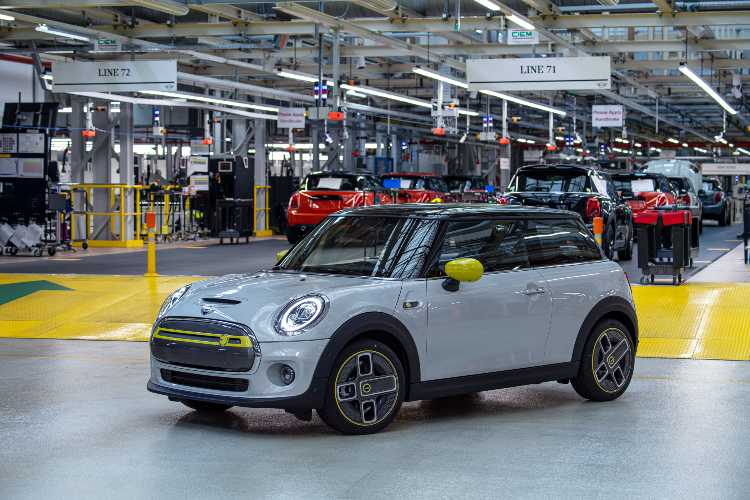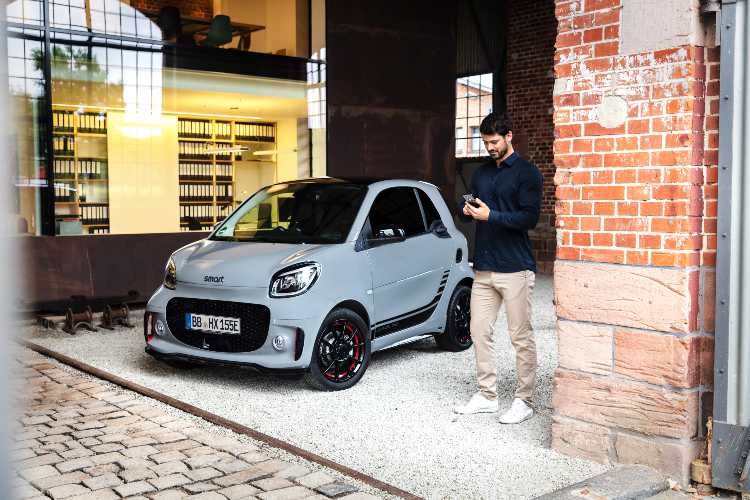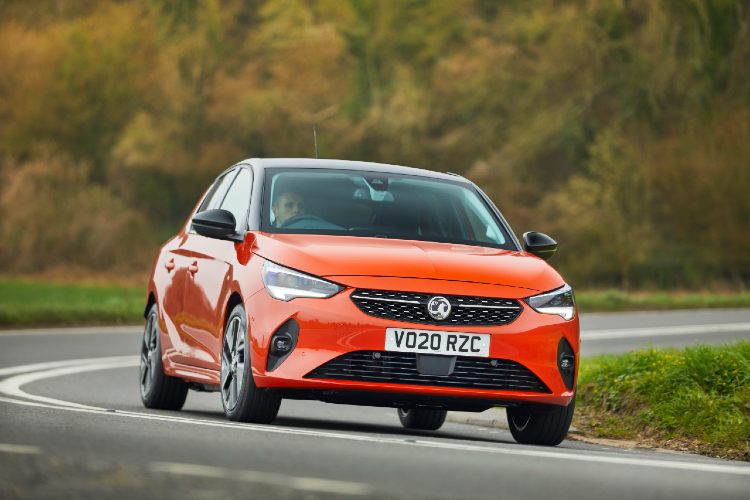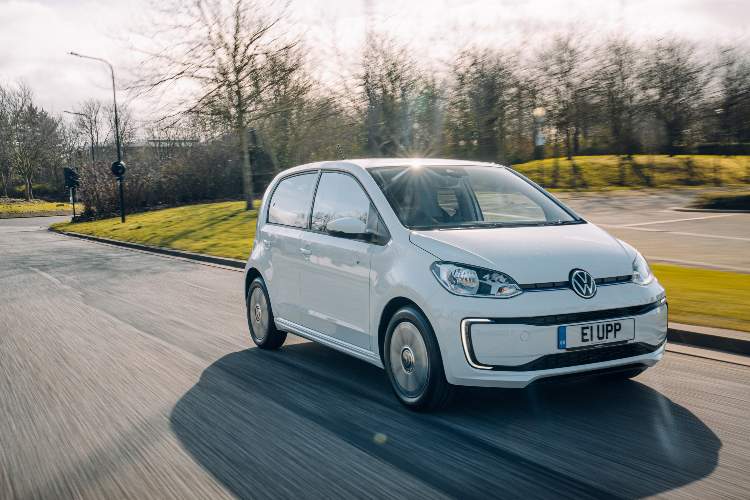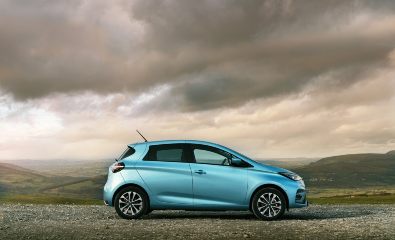Small cars are designed to take up as little space on the road as possible while being usefully practical – as well as, of course, being cheap to lease and to run. In fact, there’s no more affordable way into a brand-new car, complete with the peace of mind a manufacturer warranty brings, than leasing a small car.
But those defining characteristics mean it's actually pretty difficult to build a really good small car and keep it well-priced. For a long time, most 'runabouts' were less-than-sparkling: heavily compromised, cramped, cheap, noisy... just not that much fun to live with.
Now though, the classes of small vehicles – be they city cars, superminis or even compact crossover-SUVs – are genuinely among the most exciting. Manufacturers are making massive strides with compact cars, including making small fully electric cars.
And there's nothing quite like driving a really good small car – a vehicle that exceeds your expectations with excellent interior space, quiet motorway refinement and delightful cabin design. So, here are ten small cars that have those qualities.
1. Fiat 500 | 500 Electric
Pros: Zero emissions, amazing around-town refinement, superb interior
Cons: Looks quite a lot like the old Fiat 500 Classic
When Fiat launched the all-new electric-only 500, the 'old' version was still so popular that the company decided to keep making it. An unusual but very welcome move, because there's still a lot to love about the petrol-powered Fiat 500. It's perfectly small for city duties, and it's amazing value in terms of leasing costs, fuel efficiency and insurance rates.
The electric version is a huge step forward for the model, though. The refinement levels are magnificent, the interior is neater and more accommodating to taller people, and there’s a choice of two battery packs, the bigger of which gives you up to 199 miles of range. And it feels super quick because the accelerator response is instant – perfect for tight, stop-and-start city situations.
Check out our Fiat 500 versus Fiat 500 Electric head-to-head, or read our Fiat 500 review right here.
2. Ford Fiesta
Pros: Incredible chassis, lots of technology, ‘big-car’ feel, superb ST model
Cons: There are a LOT of Fiestas on the roads
The Ford Fiesta is a 'supermini' rather than a city car, but that doesn’t change the fact that the Ford has been an iconic small car for four decades now, serving the British public with distinction in that time. The latest model is a classic, with enough space for four (five at a push) from a small footprint, a decent-sized boot and, most memorably, amazingly fun handling that combines road feel with genuine comfort.
For more details read our Ford Fiesta review here.
3. DS 3
Pros: Distinctive styling, high-class interior, high-riding driving position
Cons: Not a huge amount of engine choice
A prestigious yet supremely compact crossover-SUV, the DS 3's chunky styling and tall driving position make it perfect for the city. Visibility in all directions is great, and because DS is a 'premium' brand, pitched against the likes of BMW, Mercedes-Benz and Jaguar, the DS 3 is set-up to drive in a wallowy, comfortable, luxurious sort of way. It's an unusual looking thing too, with a distinct cabin design that plays with convention – the window switches are placed between the seats, for instance.
Mark put the DS 3 through its paces – find out more by watching his DS 3 review on Youtube.
4. Hyundai i10
Pros: Impressively capable on the motorway, brilliant in town, loads of kit
Cons: No hybrid drivetrain choices – just petrol power
In terms of traditional, petrol-powered city cars, the Hyundai i10 is the best of the lot. Its smooth exterior styling hides a surprisingly large and nicely appointed cabin, and while the most affordable Hyundai i10 lease deals will get you into a lower-spec model, you only have to up your budget a bit to land yourself in a Premium-grade car – packed with equipment. The Hyundai's compact dimensions make it fantastically agile in the city, but it's surprisingly good on the motorway too – quiet and settled at speed. Find out more in our Hyundai i10 review.
5. Toyota Aygo X
Pros: Chic styling, cleverly packaged interior, legendary Toyota reliability
Cons: The engine has no turbo so needs a bit of work
Something of a class pioneer, the Aygo X is arguably the first time that a proper city car has been crossed with an SUV. Some dispute that – there've been tiny SUVs for decades – but in modern context there's just nothing like it. The Aygo X (the X pronounced 'Cross') sits a chunky body on top of a really small wheelbase, meaning it's city-friendly while having loads of interior space. Cabin quality is excellent, and its 1.0-litre petrol engine sounds great while returning 56mpg, so it has a bit of character with its fuel efficiency. Looks nice too, right?
Watch Mark’s video review of the Toyota Aygo X here.
6. Peugeot 208
Pros: Concept-car-like styling, superb interior, there’s a fully electric version
Cons: There’s no performance model, like the classic 205 GTi
The Peugeot 208 is the same size as a Fiesta, but it's a car that feels small around you – in a good way. See, the 208 has a really unique driver set-up, called ‘i-Cockpit’, which is focused on an unusually small steering wheel. Sounds trivial, but it has a transformative effect on the way the 208 feels to drive – more like a go-kart.
It helps that the 208's fundamentals are exceptional: it's super-sharp to drive while being comfortable; the cabin is interesting yet easy to fathom; the quality is great; and the engines are economical. Oh, and there's a fully electric version too, called the e-208, which is the pick of the bunch – zero-emissions driving with no loss of space or fun.
Read our Peugeot 208 review, which covers the car in full detail.
7. MINI Electric
Pros: All the usual MINI style inside and out, only with zero-emissions EV goodness
Cons: Modest battery limits range
Few cars encapsulate chic city driving better than an all-electric version of MINI’s ever-popular three-door MINI Hatchback. It’s a shame the electric drivetrain isn’t available in a few of the other MINI models, like the 5-Door or the Clubman, but the MINI makes the most of its quite modest battery pack to deliver a sparkling driving experience. It has a 184hp motor – enough power to get it a spicy ‘Cooper S’ badge – and a generally superb chassis. Nobody doubts how much fun it is to drive a MINI Hatchback these days. Its 144-mile claimed battery range is modest by modern standards, but if you can make that work for you, this is one of the very best small electric cars.
Want to watch Mark’s thoughts on the MINI Electric? Check out our MINI Electric video review right here.
8. Smart EQ Fortwo
Pros: It’s absolutely tiny so it’s very easy to park and manoeuvre
Cons: It’s absolutely tiny so there’s only room for two onboard
There’s nothing else like the Smart on the market – albeit the Citroen Ami is arguably in the same tiny ballpark. The Smart EQ Fortwo is absolutely minuscule – at just 2.7 metres long, it can famously be parked 'nose-in' on a street (nobody ever does that though, funnily enough).
It's so named because it seats just two people, but it feels surprisingly spacious for its pair of occupants, while being extremely nimble and agile in city traffic. Don’t expect to go far on a single charge – the official WLTP combined range is 80 miles – but with a punchy 82hp motor and hardly any mass to move about, the EQ Fortwo is perfect for daily city work.
9. Vauxhall Corsa-E
Pros: Sharp styling, tech-heavy interior, light and comfortable
Cons: Not the most exciting drive
Like the Ford Fiesta, the Vauxhall Corsa is a larger supermini. But it has a trick up its sleeve that few rivals in its class can match, the Fiesta included: there’s an all-electric version. Called Corsa-e, it makes perfect sense in the city. With a 136hp motor and 50kWh battery pack, the Vauxhall is not only brisk but will officially go more than 200 miles on a single charge. Not only that, but it’s capable of sucking down electricity at 100kW if hooked up to the right DC charger, so replenishing its battery pack needn’t take long at all. It's easy to see why Corsa leasing is so popular...
Check out our Corsa review, or if you are looking to go electric read our Corsa-E review for more info.
10. Volkswagen Up
Pros: One of the most upmarket-feeling small cars of them all
Cons: It’s been around a while
It may not be in the first flush of youth, and its Skoda Citigo and SEAT Mii relations have already bit the bullet, but the Volkswagen Up goes into 2023 as a brilliant city proposition. The Up offers a choice of petrol or electric power, so while you can get in a 65hp 1.0 petrol for a low monthly, you might want to go for e-Up EV version, which isn't too much more expensive per month but will be much cheaper to run day-to-day. Or you could splash out on the charming Up GTI, which looks mega and drives absolutely fantastically.
Mark took the all-electric version out for a spin and you can watch his e-Up video review of that car right here.
Best Small & City Cars FAQs
Which small cars are the best value for money?
The cheapest and most affordable new vehicles available today include the Citroen Ami, which is technically a quadricycle rather than a car, and the Dacia Sandero. All of the Hyundai i10, Volkswagen Up and Ford Fiesta also provide great value for money as small cars too. If you're looking for something compact, but a little more practical check out our list of the best small SUVs.
What is the most reliable small car?
Typically, Japanese and Korean cars are the most reliable, so both the Toyota Aygo X and Hyundai i10 are strong choices here.
What is the most comfortable small car?
Larger supermini and crossover cars, like the Ford Fiesta, Peugeot 208, Vauxhall Corsa and DS 3, provide great comfort levels, as do smaller vehicles such as the Toyota Aygo X, Volkswagen Up and Hyundai i10. For the utmost in quiet and luxury, choose the all-electric versions of the 208, Corsa and DS 3, all of which are incredibly relaxing cars to be in.
Are small cars safe compared to larger cars?
They are every bit as safe as larger cars, as most now have the same sort of driver assist technology to prevent an accident, such as autonomous emergency braking, lane keep assist and even, in some cases, blind-spot monitoring.
Are smaller cars easier to drive?
They are easier to drive than larger vehicles, because they have light controls, they’re easier to park and manoeuvre in cities due to their physically smaller bodies, and they normally have a high proportion of glass compared to bodywork, which means they don’t have blind spots for the driver to worry about.
Which small car has the biggest boot space?
The Renault Clio has a 391-litre boot, which is the largest in the supermini class and one of the largest of any vehicle below the family hatchback level. From our list, the Ford Fiesta, Peugeot 208, Vauxhall Corsa and DS 3 models all have boots that are on the larger side.
Whats the ideal size for a city car? If you think about a car from a side view, generally a city car will have a short wheelbase - that’s the space between the axles, which determines interior space, especially rear legroom. It’ll also have short front and rear overhangs, which is how far the body extends beyond each wheel; think of the phrase ‘wheels pushed out the corners of the car’ and you’ll have a picture of a vehicle with short overhangs. Cars designed this way tend to feel easier to manoeuvre and park, because both the bonnet and the rear tailgate feel closer to you, the driver. Best for compact dimensions: Volkswagen Up, Smart Forfour, Fiat 500
How important is manoeuvrability for a city car? The manoeuvrability of a car isn’t just linked to its size (although the smaller the better, of course) but also to factors like a tight turning circle, good all-round visibility, sharp steering, and responsive low-speed acceleration. The last of those is where electric cars really shine, because their pick-up is near instant, giving you a strong sense of control of the car. Good manoeuvrability is especially important in urban environments, for nipping out of junctions and roundabouts, and parking in tight spots, and generally getting around more easily in busy traffic situations. Best for manoeuvrability: Smart Fortwo, Toyota Yaris, Fiat 500 Electric
Which city cars have good visibility? Seems obvious, but how well you can see out of a car is paramount to confident city driving. There are 2 things to consider here: how much glass the car has, and how high up it sits you above the road. On the former, you’ll find that cars with more complex designs (like a Nissan Juke) often have shallow windows, which can give a car a sort of external visual dynamism, whereas a more ‘basic’ design (a Volkswagen Up, say) has a greenhouse vibe, making all-round visibility better. On the driving position specifically, this is where the newer breed of compact crossover-SUVs can be highly advantageous, because by nature they offer a raised seat. This naturally means you have a greater view of the road ahead. Some smaller cars do this too though, like the Renault Zoe. Best for visibility: Peugeot 2008, Volkswagen Up, Suzuki Ignis, Toyota Aygo X
For more articles check out our car features and guides section. Or if you're looking for a brand new car, we've got a huge range of cars to lease at unbeatable prices.

